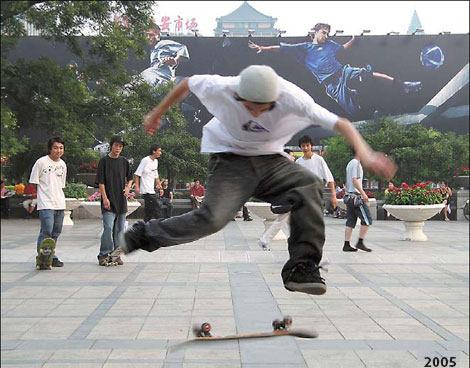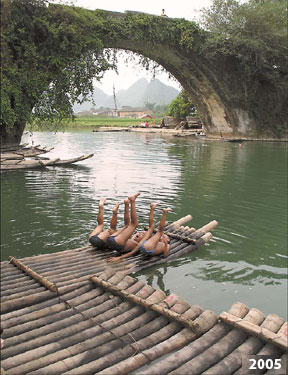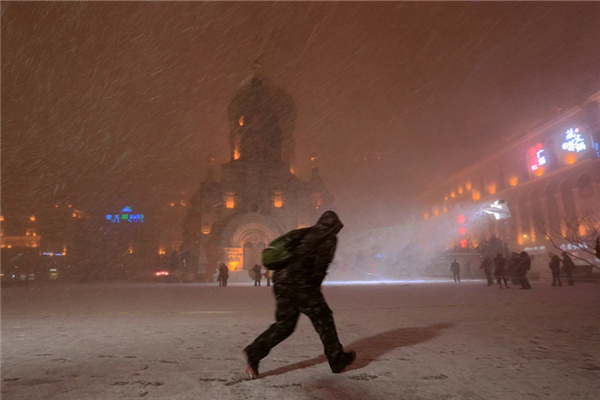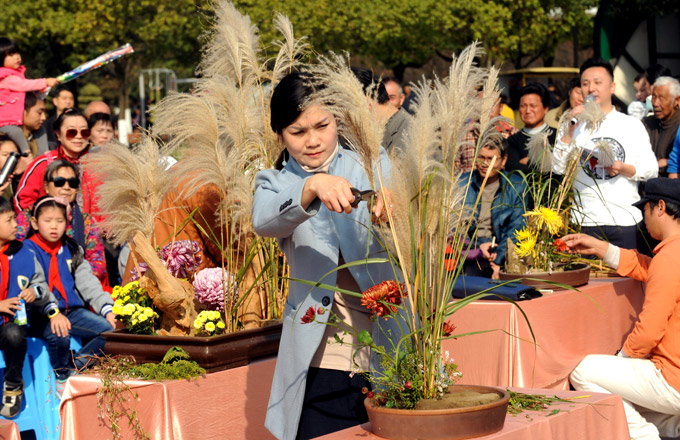


We have a change this week. Instead of having one picture of the past and another of the present, we have two taken in 2005.
One shows teenagers in Beijing, both dressed and behaving like their peers in developed countries, on skateboards.
In the other, rural kids clowning around on rafts in the river on a holiday probably have no skateboards.
So although taken in the same year, the two photos show different worlds. While the urban world points to the future, the rural world still reminds people of the past.

Indeed, how people spend their free time and holidays reveals a great deal about the economy. In China, the comparison between the countryside and the city is most revealing in the gap between the comfortable middle class and those who are still poor and whose living standards may not seem much different from the early days of the Chinese economic reform.
China, in economists' eyes, used to be a typical case of what they called a "dual economy". It means one country with two economies, or an odd pairing with one economy that was on the fast track, and the other that was slow to follow.
There was a geographic difference. While one featured large industry and rising living standards in the cities, or at least some cities, there were very few changes in the countryside.
But economists also point out that once the market forces begin to work, the dual economy would start to become more integrated. With more highly-paid factory and office jobs, the urban economy would begin to absorb labor from the rural areas, whose products can no longer compete with the cities' in terms of prices and profit.
Hence, the young rural migrant workers are filling all the new manufacturing jobs, and most of the service jobs as well, in the more affluent coastal cities.
The migrant workers usually send most of their wages home to help their parents and young siblings eke out their livings. In doing so, many can also help their younger brothers and sisters avoid having to begin working at a very young age in paddy fields or vegetable gardens.
But life in the villages is still far below the living standards in the cities. Kids are helpless if they want to play like their urban peers. But if the opportunities arise, there are still lots of activities waiting for them in the cities to help them experience increasingly rapid changes.

(China Daily 10/06/2008 page1)













